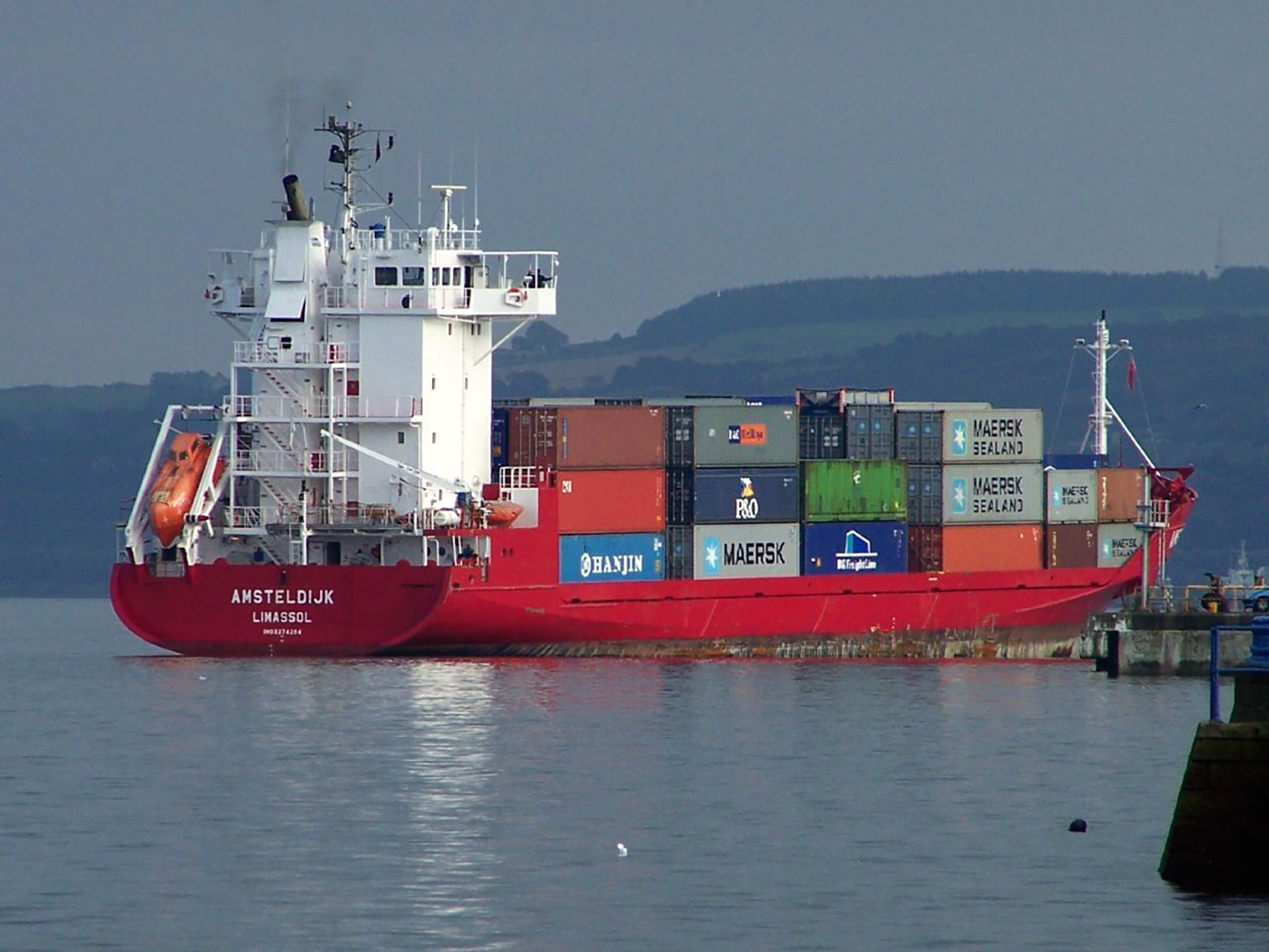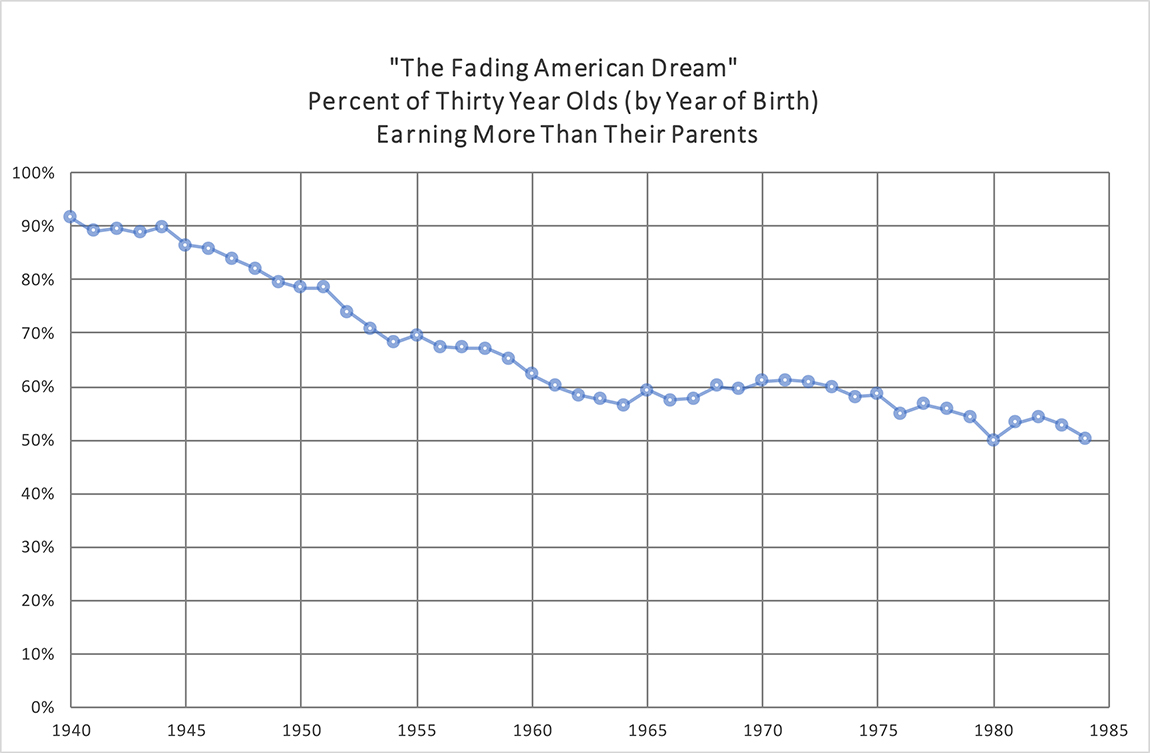
In September 2008, the U.S. economy was hit by the largest financial crisis that the country had experienced since the Great Depression in the 1930s. While the crisis began in the U.S. housing market, the economic downturn soon spread to markets around the world. In October, Iceland announced that its banking system had collapsed. Governments from Russia to Australia to the United States stepped in to provide money and support to businesses and banks struggling to stay afloat. More than eight million people lost their jobs in the United States, and unemployment spiked around the world. It took six years for the United States to recreate the number of jobs lost. The economies of many countries continue to struggle to recover.

Today, many people in the United States have an ongoing sense of uncertainty and worries about the future. This uncertainty is more than just a feeling; data confirms that, in the United States, wages for middle class workers are not growing and economic opportunities are harder to come by. The idea that children will be better off financially than their parents has become far less certain.
While the development of the global economy has benefitted many, the rapid changes brought about by technology and economic change has also had negative effects on people.
[O]ver the past forty years, as people have worked harder for less pay and fewer benefits, the value of their work has eroded. When we devalue work, we threaten the pride and dignity that come from it. American workers understood then and understand now that you build a society and an economy from the middle class out.”
Ohio Governor Sherrod Brown, November 17, 2016
Trade is one of several important pieces to consider when thinking about the global economy. In the readings and lessons that follow, you will focus on international trade and its impact on different countries and groups of people. In the last hundred years, countries have wrestled over how to formulate trade policy that will best help their economies. At some times, governments have used policy to block trade and help certain businesses at home. At other times, leaders have declared global trade and economic cooperation as the way to make everyone better off.

Other factors also influence trade policy. Governments must consider the effects of policy on employment and the well-being of their citizens. Foreign policy concerns, such as relationships with allies or addressing human rights issues, have also factored heavily into U.S. trade policy over the last seventy-five years.
Many people in the United States and around the world are questioning the global economic system. What are the effects of globalization and a closely-connected global economy? How have these changes been beneficial? How have their effects been negative? What have been the results of globalization for people around the world?
In the coming days, you will have the opportunity to explore these questions as you consider the direction of U.S. trade policy. In Part I of the reading, you will examine the history of the current economic system and the changes brought about by globalization. In Part II, you will consider the effects of these changes—and U.S. trade policy—on people in the United States and around the world.
As you read, think about the following questions.